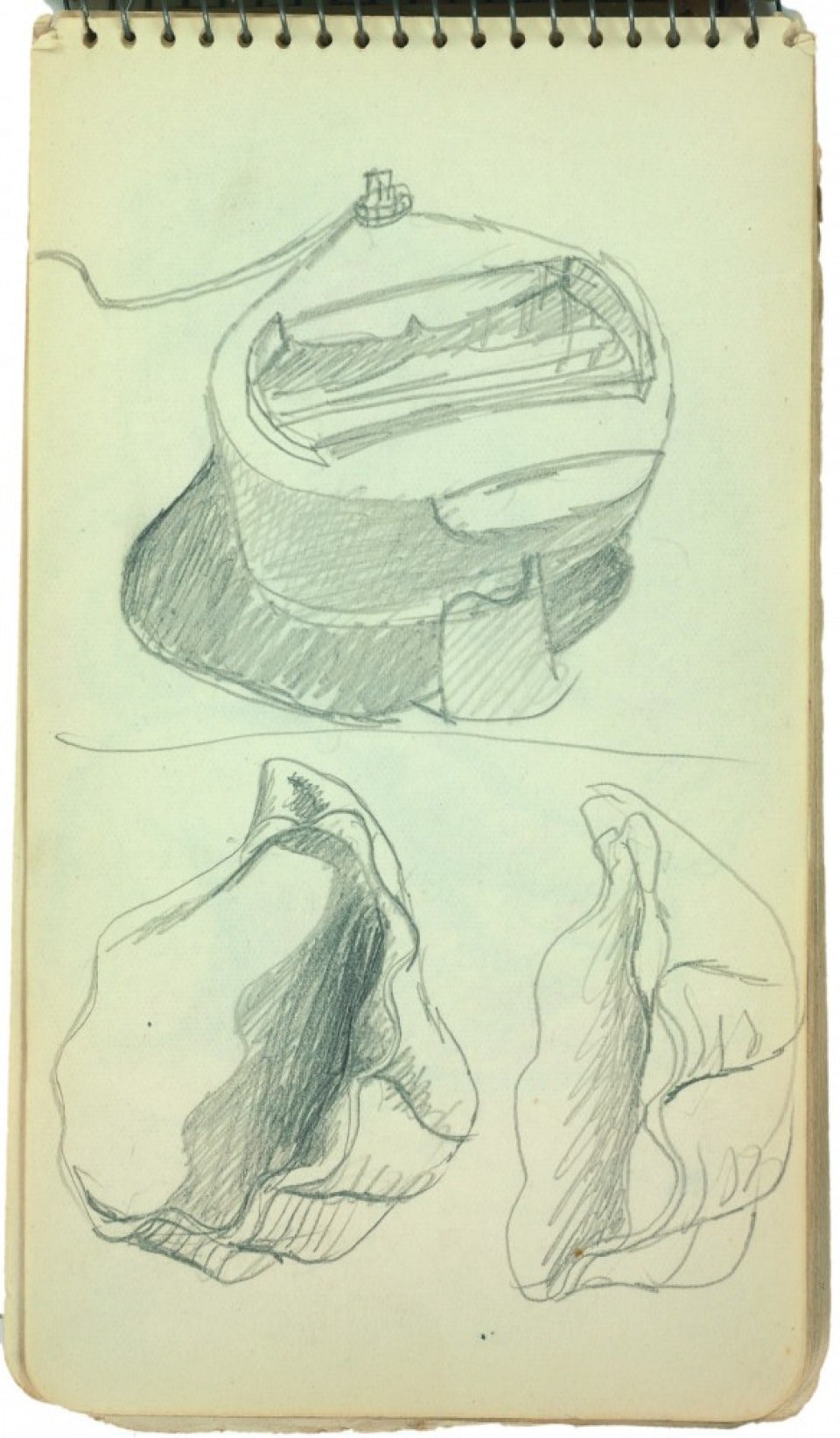Given the proliferation of digital tools and time-saving software now available, some believe sketching is losing its relevance. With this visual series, we celebrate the art of drawing by delving into the sketchbooks of designers, revealing some hidden gems along the way. To be considered for a feature, send your own sketches with a description of your design process to editorial@architizer.com.
After the vibrant watercolors of Steven Holl, many of Le Corbusier’s sketches are generally monochromatic, but no less whimsical in their nature: Non-architectural forms feature, including the bulls of Chandigarh, boats, shells and other objects of inspiration. Others, such as the pencil and pastel study of the iconic Villa Savoye, appear subtle and precise — a hand-drawn manifestation of the architect’s ideals.
To mark the 50th anniversary of the Swiss-French architect’s death, Phaidon released a new edition of William Curtis’ seminal book Le Corbusier: Ideas and Forms, which contains some 500 images and incisive accompanying analysis. Check out some of Corb’s sketches below, many of which went on to form some of the most well-known examples of modernism in the world.

Le Corbusier, sketch of bulls and peasant houses near Chandigarh, dated March 1951; Album Simla, Punjab, India, Chandigarh Capitol Project, blue ink on album paper; image © Fondation Le Corbusier, Paris

Le Corbusier, sketch drawn during Latin American lecture tour, 5 October 1929, charcoal on thick paper; showing the transformations of the ocean liner, the skyscraper and the palace in the context of the League of Nations project (from Précisions, 1930); image © Fondation Le Corbusier, Paris

Elevation study of the southwest facade of Villa Savoye at Poissy, 1929, focussing upon the composition and proportioning of the openings and piloti, pencil and white pastel on trace; image © Fondation Le Corbusier, Paris

Le Corbusier, sketch of boat and shell, sketchbook B6, 1931, pencil on paper; image © Fondation Le Corbusier, Paris
For more on Le Corbusier, check out “Machines for Living: 8 New Interpretations of Le Corbusier’s Five Points,” a collection of contemporary projects that takes inspiration from the Modernist master’s landmark manifesto.




